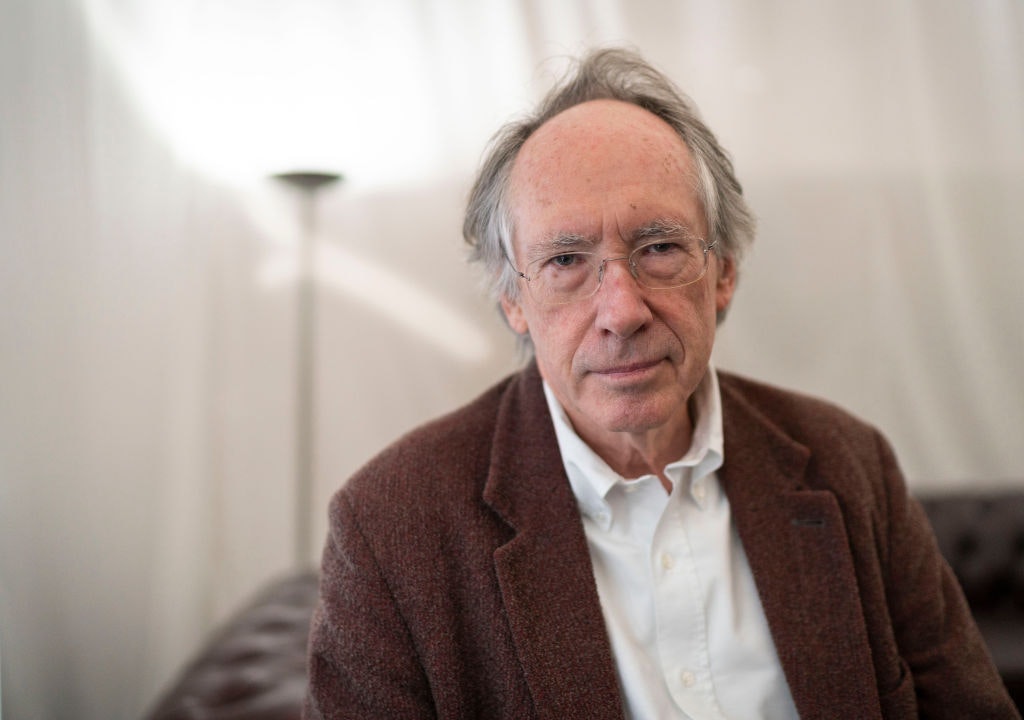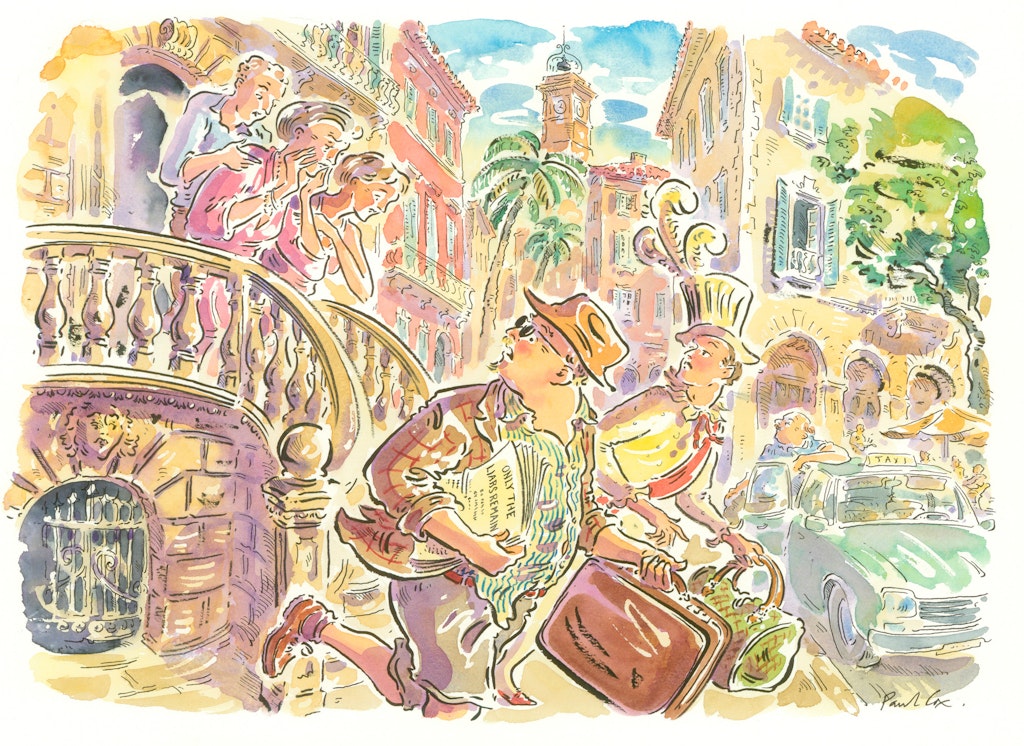Interesting times
The problem with low interest rates
Edward Chancellor doesn’t write many books, but when he does they tend to be prescient. In 2000, he published a history of financial manias, Devil Take The Hindmost, just as the dot-com bubble was about to burst. His latest book, The Price of Time, is about the calamities that take place when interest rates are too low. Phenomenally well researched, and clearly years in the making, Chancellor’s story begins in Mesopotamia in 3000 BC and ends just as the chickens were coming home to roost from the most recent interest rate experiment in mid-2021.

The author argues that after 2008, “ultra-low interest rates contributed to a decline in productivity growth, asset price bubbles, rising debt levels, inadequate saving and inadequate returns on savings, widening inequality, financial fragility and ever-present deflationary pressures.” This, he says, has always been the way. John Locke warned in 1691 that low interest rates would not revive a moribund economy but would instead encourage too much borrowing, hurt savers, inflate asset prices and cause bankers to hoard money.
The great financial journalist Walter Bagehot wrote in 1852 that John Bull, the archetypal Englishman, “can stand a great deal, but he cannot stand two per cent”. Below this level, he said, people will not invest in anything sensible, but instead speculate on “a plan for animating the Dead Sea, a corporation for shipping skates to the Torrid Zone” or even, as had happened 200 years earlier, in “impossible tulips”. For impossible tulips, substitute WeWork, NFTs and Dogecoin today.
There is some debate about what the natural rate of interest is, or even if there is such a thing, but it seems clear that the interest rates seen across the western world since 2009 have been unnaturally low. No commercial lender would offer a loan below the rate of inflation, let alone pay people to borrow money from them by offering negative interest rates. Chancellor argues persuasively that normalising ultra-low interest rates was a great blunder and that “the more we blunder, the more the system appears to fail, which in turn justifies further interventions”. If cheap money and low inflation seemed too good to be true, it’s because it is. There was always going to be a reckoning, as we are now finding out.
By slashing interest rates to historic lows, central bankers turned off one of the most important signals in the economy. Since this often required pricing money, quantitative easing became the bedfellow of unnatural interest rates in the new economic orthodoxy. QE began as part of a desperate effort to save the banking system from collapse but, emboldened by the apparent lack of inflation it caused, central banks began using it for lesser crises. The Bank of England had fresh bouts of QE in 2012 to help it reach its inflation target — i.e., to raise inflation — and again in 2016 “to help the economy after the EU referendum”. When the Federal Reserve engaged in its third splurge of QE in 2012, the stated objective was to help the jobs market.
Throughout this period, interest rates were kept at rock bottom for fear of dampening economic growth. Society quickly became addicted to cheap money. House prices rose to absurd levels, made possible only by freakishly low mortgage rates. Corporations took on debt to carry out a string of mergers and buyouts which produced returns for shareholders without the businesses having to go to the trouble of becoming more productive. Zombie companies proliferated, making just enough money to avoid insolvency, but not enough to ever pay back their debts.
In the final analysis, we have all been losers
All of this was sustainable only if interest rates never returned to normal levels. That, in turn, required inflation to remain abnormally low forever. In other words, it was not sustainable at all. The longer it went on, the bigger the bang would be when the bubble burst.
It is easy to see who the winners and losers of the great interest rate experiment have been. A 2012 Bank of England study estimated that QE had inflated UK household wealth by more than £600 billion whilst an estimate from the USA found that low interest rates were costing American depositors $400 billion per year in lost savings income. Big business could borrow at low cost, but for individuals borrowing on a credit card, the era of easy money never began.
In the final analysis, we have all been losers. Easy money and loose monetary policy have conspicuously failed to generate economic growth. The last mad dash for QE during the pandemic, combined with supply chain problems and Russia’s invasion of Ukraine, brought the whole house of cards tumbling down. Inflation, thought to be a thing of the past by suckers who believed in the new paradigm, is back with a vengeance. Chancellor’s book ends with central bankers insisting that the inflation would be only “transitory”. Since it has now become clear that it was not, central bankers are gradually and grudgingly having to tackle it with conventional monetary policy.
Chancellor does not only blame low interest rates for the coming crash but holds them largely responsible for the crashes of 1929, 2008 and numerous episodes of financial instability since Babylonian times. The reader might start to wonder whether one economic variable, important though it is, could really be the root of all evil, and the author is perhaps a little too sanguine about the consequences of deflation. Nevertheless, Chancellor provides ample evidence for everything you knew, half-knew or suspected about the unprecedented economic experiment of the last thirteen years.
If The Price of Time has a villain, it is Ben Bernanke, chairman of the Federal Reserve between 2006 and 2014. Chancellor believes he took the wrong lessons from the Wall Street crash of 1929 and became obsessed with preventing deflation at any cost. If it has a hero, it is Claudio Borio, a Cassandra-like economist at the Bank of International Settlements who could see the warning lights flashing but was unable to persuade the keepers of the new economic orthodoxy to act. “The highly abnormal is becoming uncomfortably normal,” wrote Borio in 2014. Chancellor explains:
Borio envisaged a grand denouement, on a par with the collapse of the world’s financial system in the Great Depression. The easy money regime threatened to end in what he called an “epoch-defining seismic rupture”, heralding the end of globalisation, the return of capital controls and rising inflation.
As the author notes in an understandably downbeat postscript, this “no longer seems such a distant prospect”.
Enjoying The Critic online? It's even better in print
Try five issues of Britain’s most civilised magazine for £10
Subscribe














